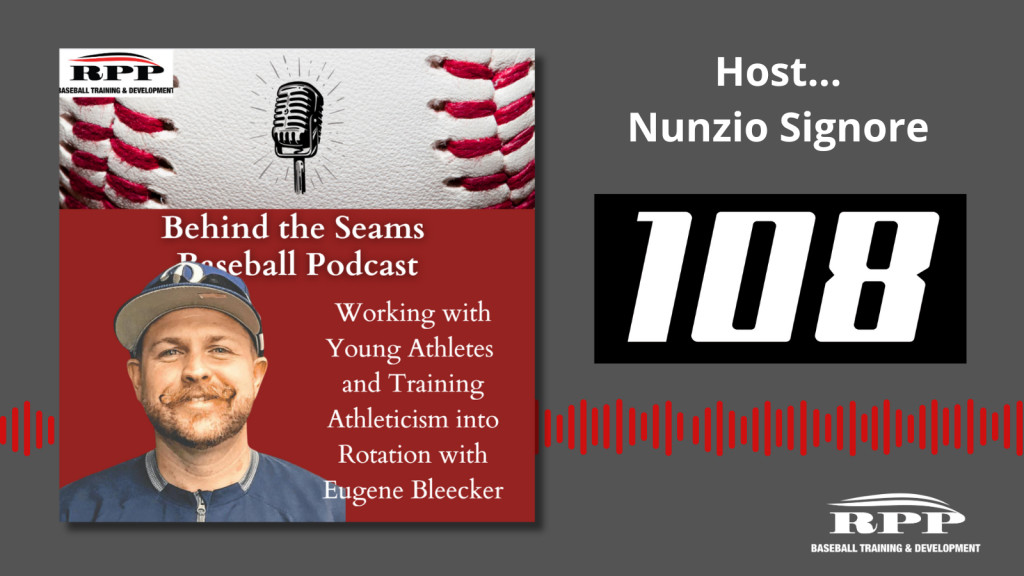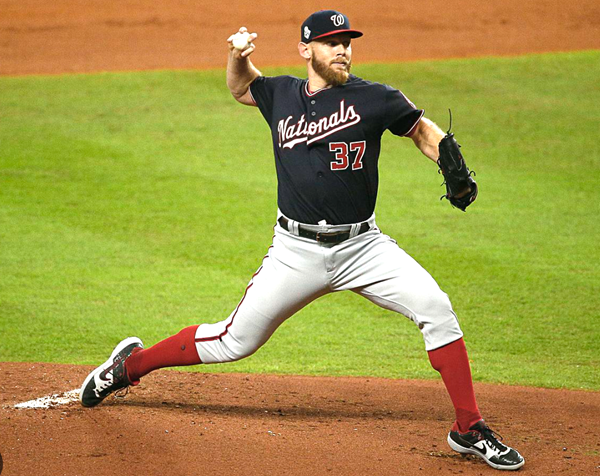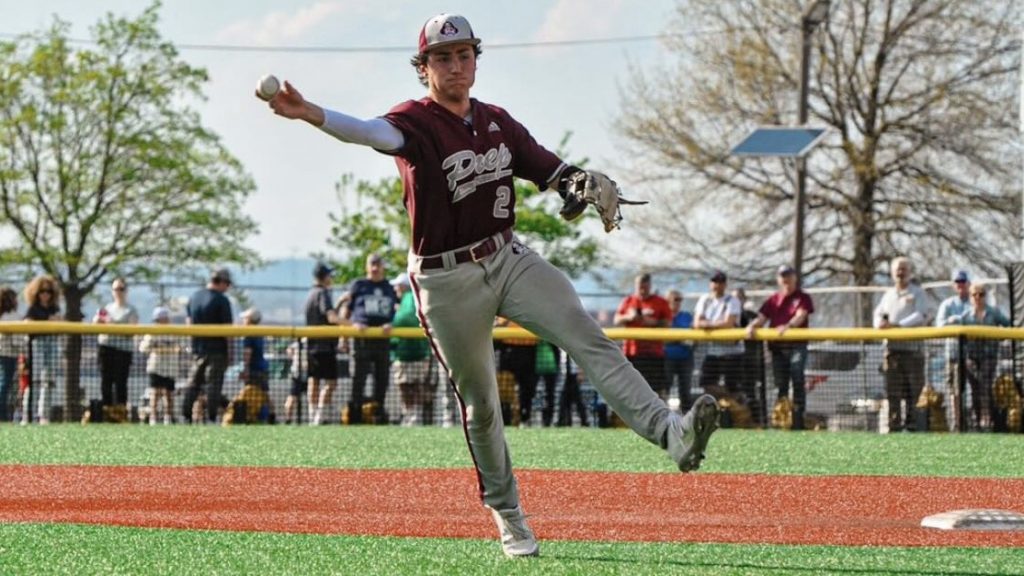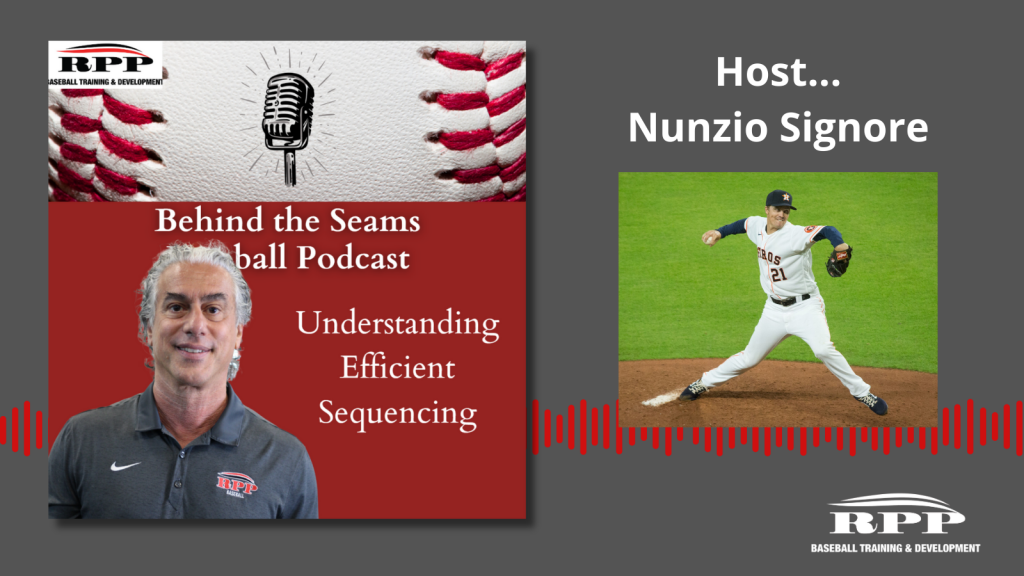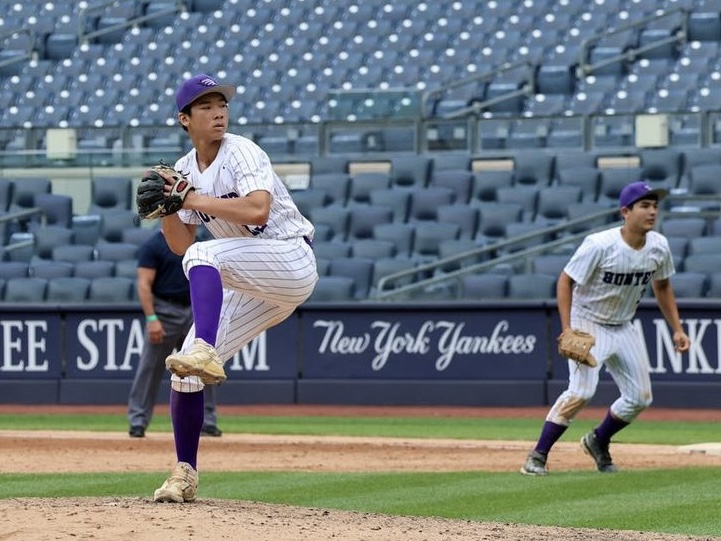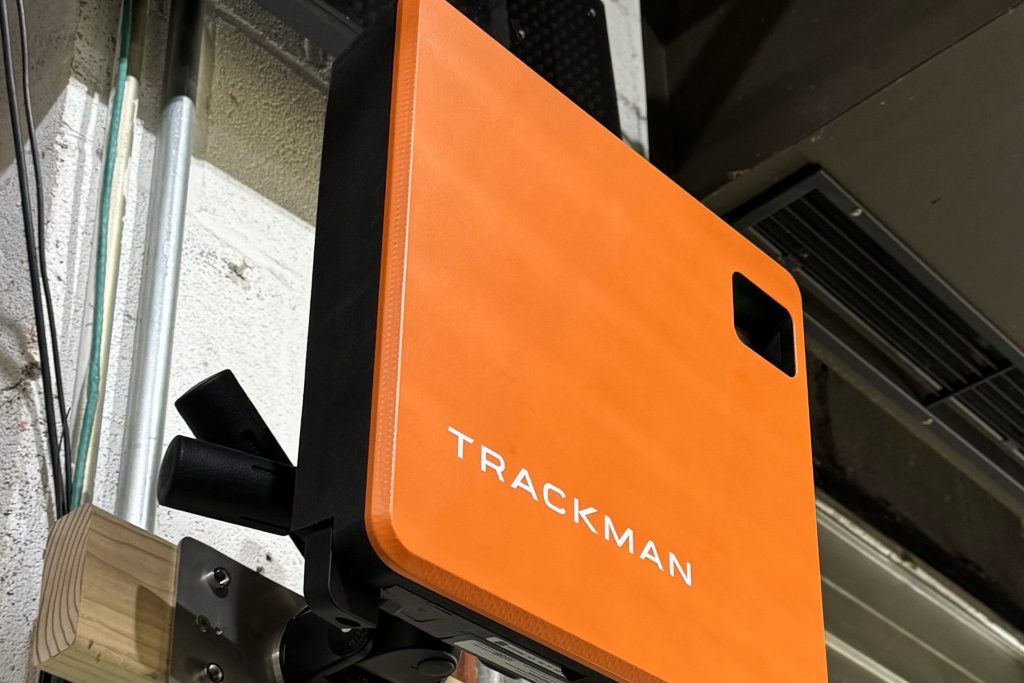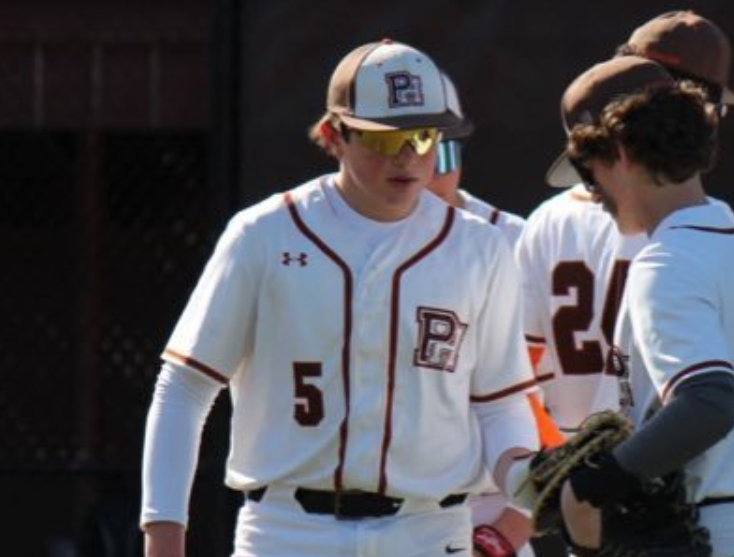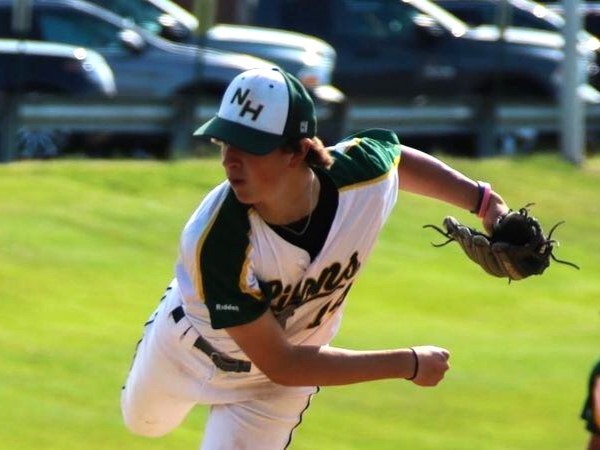
Today I’m flying solo, answering questions regarding playing summer ball (or not). And if so, how to train properly during the hot summer months in order to maintain athleticism. Much of what you will hear is the premise behind our Elite Summer College Programs which begin shortly. Topics will include:
-
- Pros and cons
- To play or not to play… that is the question
- Finding the right organization and fit
- Maintaining athleticism throughout the short season
Continue reading “Podcast #98: Summer Training Considerations for College Athletes”


